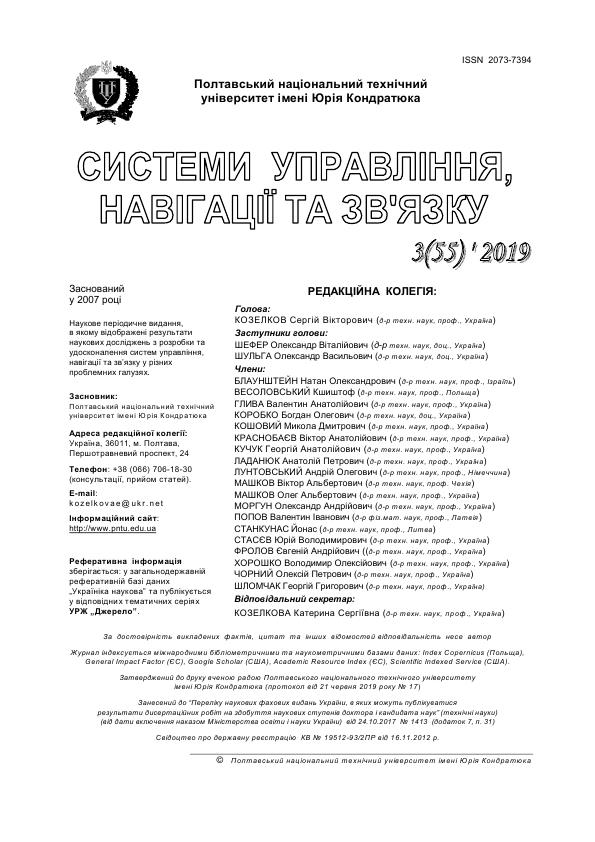USE OF DISCOUNTS IN LOGISTICS SYSTEMS OF THE ENTERPRISE
DOI:
https://doi.org/10.26906/SUNZ.2019.3.072Keywords:
discounts, costs, general logistic costs, order lot, differential discounts, total costs, inventory management system, optimal order sizeAbstract
The subject of study in the article is the change in costs in the enterprise: when ordering, delivering and storing material resources in the enterprise, while using various types of discounts. The goal is to develop a method for determining the optimal order size, taking into account the existing system of discounts at enterprises, which will improve the efficiency of the enterprise by reducing general logistic costs. Research objectives: analysis of existing discounts on commercial and industrial enterprises in the procurement process, transportation of storage of material resources; development of mathematical models for determining costs when ordering, delivering, storing materials with allowances for discounts, defining mathematical models for general logistics costs, taking into account the use of both discounts for transportation, storage and the purchase of material resources. The following results are received. Mathematical models were obtained, which allow to determine the optimal batch size of the batch order with allowance for discounts, which provides the lowest cost. A model for determining the total cost of delivering the goods, taking into account the discount on transportation, taking into account modern features of transportation, is obtained. Mathematical models are proposed, allowing to determine the total costs of an enterprise with simultaneous discounts on transportation, procurement and storage, taking into account the cost of the leased area, and depending on the unit cost. Conclusions. The question of minimizing total costs in an enterprise directly affects the efficiency of its work. Therefore, it is necessary to look for various options to reduce the total costs in logistics systems. One way is to reduce costs is to use various discounts existing at commercial, industrial and transport enterprises. With the help of the proposed models it is possible to determine management decisions for calculating the size of the ordered batch. This will minimize the costs of the enterprise, which will further affect its development.Downloads
References
Гаджинский А.М. Логистика / А.М. Гаджинский. – М.: Дашков и К, 2013. – 420 с.
Логистика: Уч. пособие / Под ред. Б.А. Аникина.– М.: ИНФРА-М, 2008. – 368 с.
Хедли Дж. Анализ систем управления запасами / Дж. Хедли, Т. Уайтин : [перевод. с англ.] – М.: Главная редакция физико-математической литературы издательстова «Наука», 1969. – 513 с.
Рыжиков Ю.И. Теория очередей и управление запасами: Учеб. пособие для студентов вузов / Ю.И Рыжиков СПб.: Питер, 2001. 345 с.
Крикавський Є.В. Логістика / Є.В. Крикавський. – Львів: Львівська політехніка, 2004. – 464 с.
Логистика: учебник / [под ред. Б.А. Аникина]. – М.: Проспект, 2014. – 408 с.
Модели и методы теории логистики / [под ред. В.С. Лукинского]. – Спб.: Питер, 2008. – 598 с




